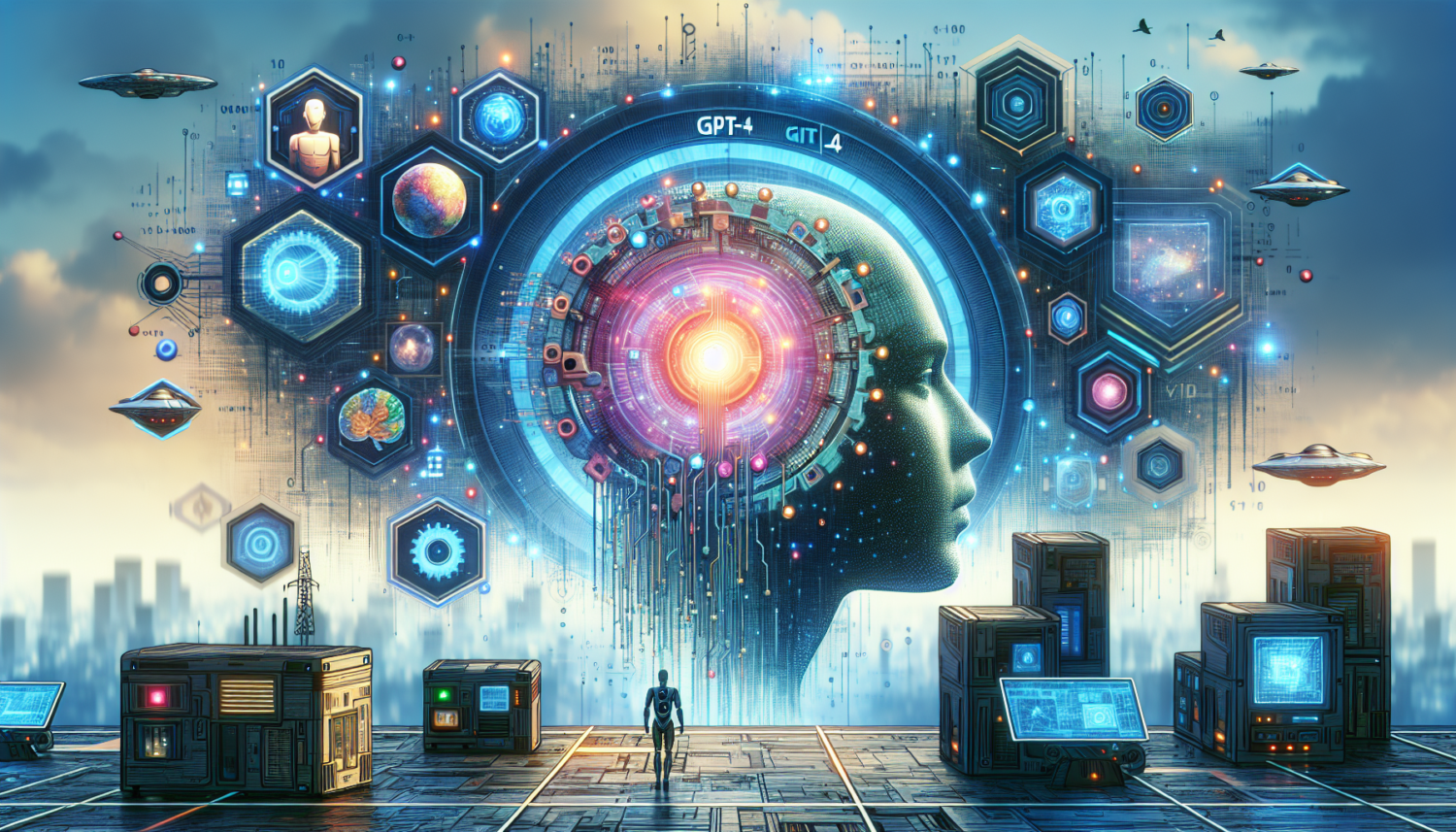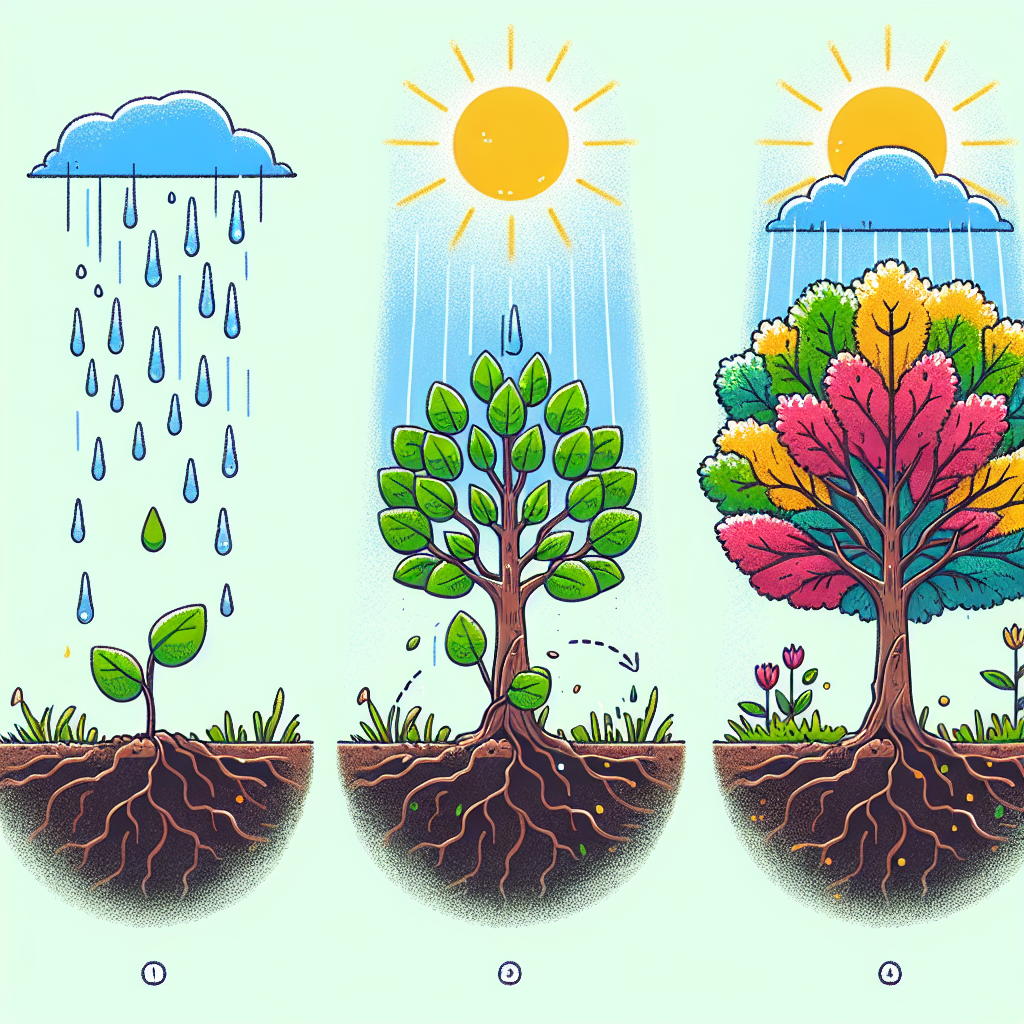Generative AI is changing how we use technology, but we need to think beyond just chat interfaces. Just like when the internet first started or when mobile apps came out, we’re at a point where we need to rethink how we work with AI. Right now, many AI tools, like ChatGPT, depend on prompts. While these are useful, they don’t always allow for the deep collaboration needed for real innovation.
To truly harness the power of generative AI, we should focus on collaborative models that mimic real teamwork. Instead of relying on single prompts, imagine having a permanent workspace where users and AI can work together, make changes, and build solutions. This approach can help break down barriers and encourage genuine progress in organizations.
Breaking Free from Chat-Based AI Limitations
Today’s AI interfaces often work like a back-and-forth conversation. You ask something, the AI responds, and it repeats. This can be limiting, especially for complex tasks like writing detailed reports or designing intricate visuals. It can feel like you’re stuck in an endless loop of trial and error, which slows things down.
The Collaborative Canvas: A New Approach
To overcome these limitations, we should think of user-AI interaction as a collaborative canvas, not just a conversation. Here’s how this can help:
- A Permanent Canvas for Ongoing CollaborationUnlike prompt-based interactions that reset each time, a permanent canvas offers a shared space for continuous collaboration. Users can:
- Track progress and see real-time changes.
- Iterate on results without losing context.
- Invite others to contribute, whether in public or private settings.
- Compare Multiple Solutions SimultaneouslyCreative work often involves exploring several ideas at once. A collaborative canvas lets users generate and compare different AI-generated options side by side, similar to brainstorming sessions.
- Direct Manipulation of OutputsSometimes, it’s easier to make small tweaks manually. A collaborative canvas allows users to directly interact with AI-generated content, making adjustments without needing to re-enter prompts.For instance, if the AI creates a proposal, the user can tweak the language or add insights directly on the canvas.
- Community-Driven Refinement of ToolsThis platform can integrate community-curated content. Users can access and contribute to prompts, datasets, and AI tools, ensuring they evolve and stay relevant.
Breaking Down Silos and Overcoming Innovation Theater
Innovation theater—where appearance trumps real outcomes—can hinder organizations. A collaborative canvas can break down these barriers by:
- Centralizing AI resources for everyone.
- Enabling real-time, cross-departmental collaboration.
- Fostering a culture of continuous learning and improvement.
By doing so, organizations can replace superficial innovation with genuine collaboration and impact.
Moving Beyond Chat: A Future of AI-Driven Collaboration
In conclusion, the future of generative AI lies in collaborative systems that reflect real-world teamwork. A shared, permanent canvas allows users to interact with AI, explore options, and directly manipulate outputs, leading to better results and true innovation.
It’s time to evolve AI tools into dynamic spaces for building, refining, and sharing—moving from conversation to co-creation. By adopting a collaborative canvas model, we can enhance productivity and drive meaningful innovation.




